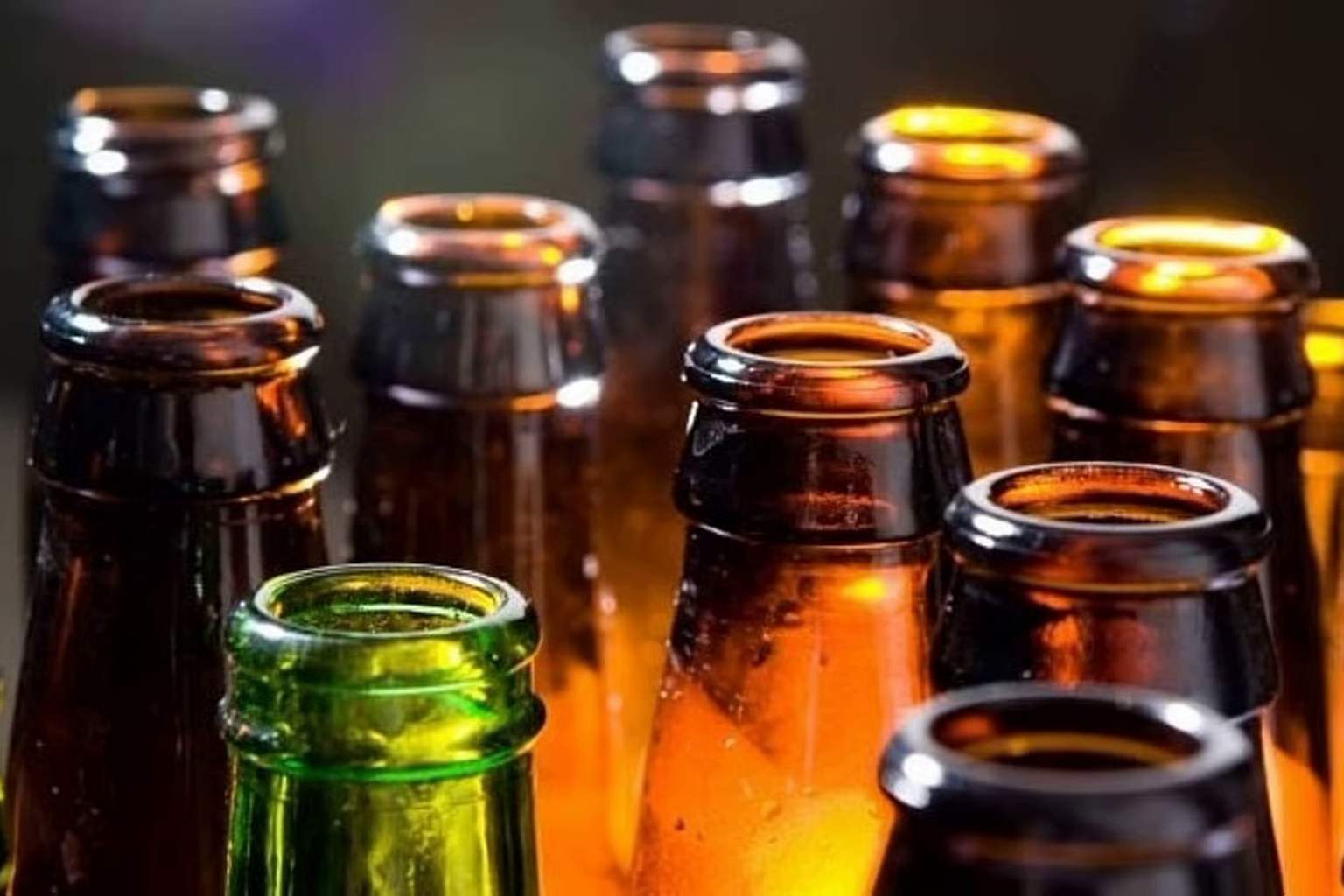A recent study by the ANSES, turned our assumptions about beverage packaging upside down. For years, glass bottles have been championed as the eco-friendly alternative to plastic, but the truth might be more complicated—and more concerning—than we thought.
The research, published in the Journal of Food Composition and Analysis, reveals that microplastic contamination levels in drinks sealed in glass bottles can be up to fifty times higher than those in plastic bottles or cans. This unexpected find challenges the idea that glass is always the safer, cleaner choice when it comes to our daily hydration.
What’s behind this hidden source of pollution? It’s not the glass itself—it’s the paint on metal bottle caps. This revelation raises important questions about how we package food and drinks and the invisible risks we might be swallowing with every sip.
Why glass bottles carry more microplastics than plastic bottles
When you reach for a glass bottle of sparkling water, soda, or beer, you’re likely picturing something pure and free from plastic scraps. After all, glass is inert, durable, and recyclable. But the ANSES study, published in the Journal of Food Composition and Analysis, suggests otherwise.
Analyzing various beverages like flat and sparkling water, sodas, beers, and iced teas, researchers found that glass bottles contained, on average, around 100 microplastic particles per liter. Plastic bottles held only between 1.6 and 4.5 particles per liter—an astonishing difference.
Iseline Chaïb, a doctoral researcher involved in the study, admits, “We expected to find fewer particles in glass, but we found the opposite.” It’s not the glass or the drinks causing this contamination. Instead, it’s an external factor that turns our assumptions about packaging on their head.
This discovery urges us to look beyond the material of the bottle itself and consider the entire production and packaging chain before declaring one option safer than another.
Metal caps and their polyester paint: the unexpected microplastic culprits
So where do these microplastics come from? The key lies in the metal caps that seal many glass bottles. These caps are coated with a thin polyester paint layer designed to protect the metal from corrosion and provide an appealing look.
However, this paint is a hidden source of microplastics. Using electron microscopes, scientists observed tiny scratches and abrasions on the caps occurring during production and transport. As thousands of caps rub against each other in bulk bags or boxes, microscopic paint flakes break free.
These fragments then contaminate the caps’ surfaces and ultimately squeeze into the beverages during capping. Alexandre Dehaut, co-author of the study, notes that most particles found matched the paint’s colors and polymer composition exactly.
This underlines the importance of scrutinizing every step of packaging—not just the main container—when it comes to product safety.
Different drinks, different contamination levels—and hopeful solutions
Interestingly, not all drinks show the same level of contamination. Water—whether still or sparkling—has lower microplastic levels, roughly 4.5 particles per liter in glass bottles and just 1.6 in plastic ones. Wine, often bottled in glass with metal caps too, also shows low contamination.
On the flip side, sodas, lemonades, and beers usually contain much higher amounts, sometimes reaching 100 particles per liter in glass bottles.
Why the difference? Researchers suspect factors like acidity, carbonation, and the chemical makeup of liquids might influence how easily microplastics detach from the caps.
To tackle this, scientists tested a simple procedure: before placing the caps on bottles, they blew air at high pressure and rinsed them with water and alcohol. The result? A nearly 60% drop in microplastic particles in lab conditions.
While promising, scaling this method industrially remains uncertain, but it points to a practical way manufacturers might improve safety without reinventing packaging entirely.
The discovery that everyday beverages contain microplastics is unsettling but also a call for balanced vigilance. These tiny plastic fragments—less than 0.2 inches in size—are already found everywhere: in the air we breathe, the soil beneath our feet, even in human organs like lungs and placenta.
They sometimes carry harmful additives like phthalates and BPA, chemicals linked to hormone disruption and cancer risks. But without established toxicological thresholds, estimating the exact danger remains tricky.
Guillaume Duflos, a senior researcher from ANSES, warns that frequent ingestion of microplastics through food and drink is worrisome and demands close attention.
For now, consumers have limited ways to protect themselves since contamination occurs upstream during manufacturing. As Dehaut explains, “The microplastics are already present when the bottles reach homes.”
This means progress depends heavily on producers adopting cleaner methods and better materials—whether that’s redesigning caps, improving storage to prevent abrasion, or introducing cleaning steps like those tested in the lab.
Reflecting on this, I’m reminded of how often we count on “natural” or “eco-friendly” labels as guarantees of health and safety. Glass seemed unquestionably better than plastic, yet this study reminds us to question even our most trusted assumptions.
Next time you grab a bottle, consider what journey it took before reaching your hand. Have you ever thought about the invisible particles lurking in your favorite drink? Would learning this change your shopping habits? Drop your thoughts below and share this story to spark a conversation about the unexpected risks in everyday products.
Source: Iseline Chaïb et al., “Microplastic contaminations in a set of beverages sold in France”. Journal of Food Composition and Analysis, Volume 144, August 2025, 107719
